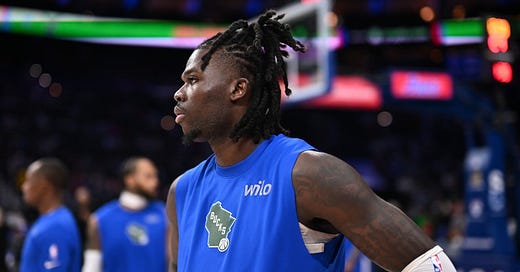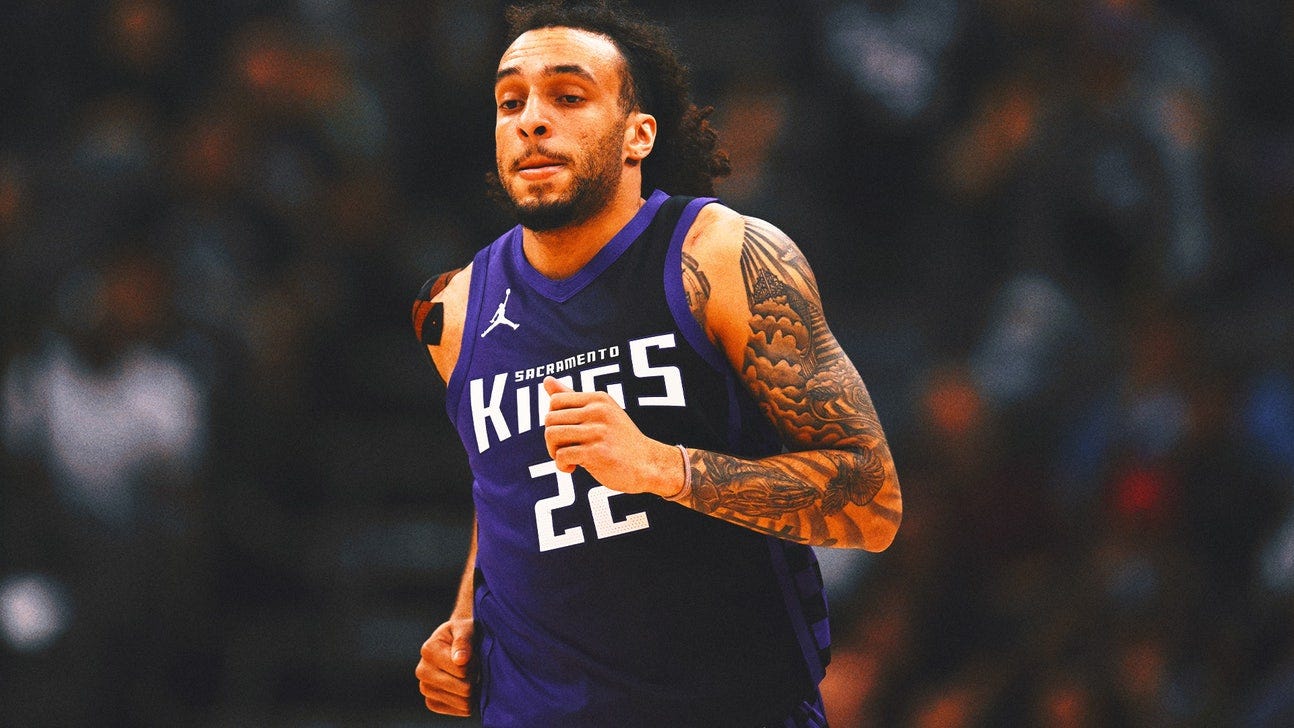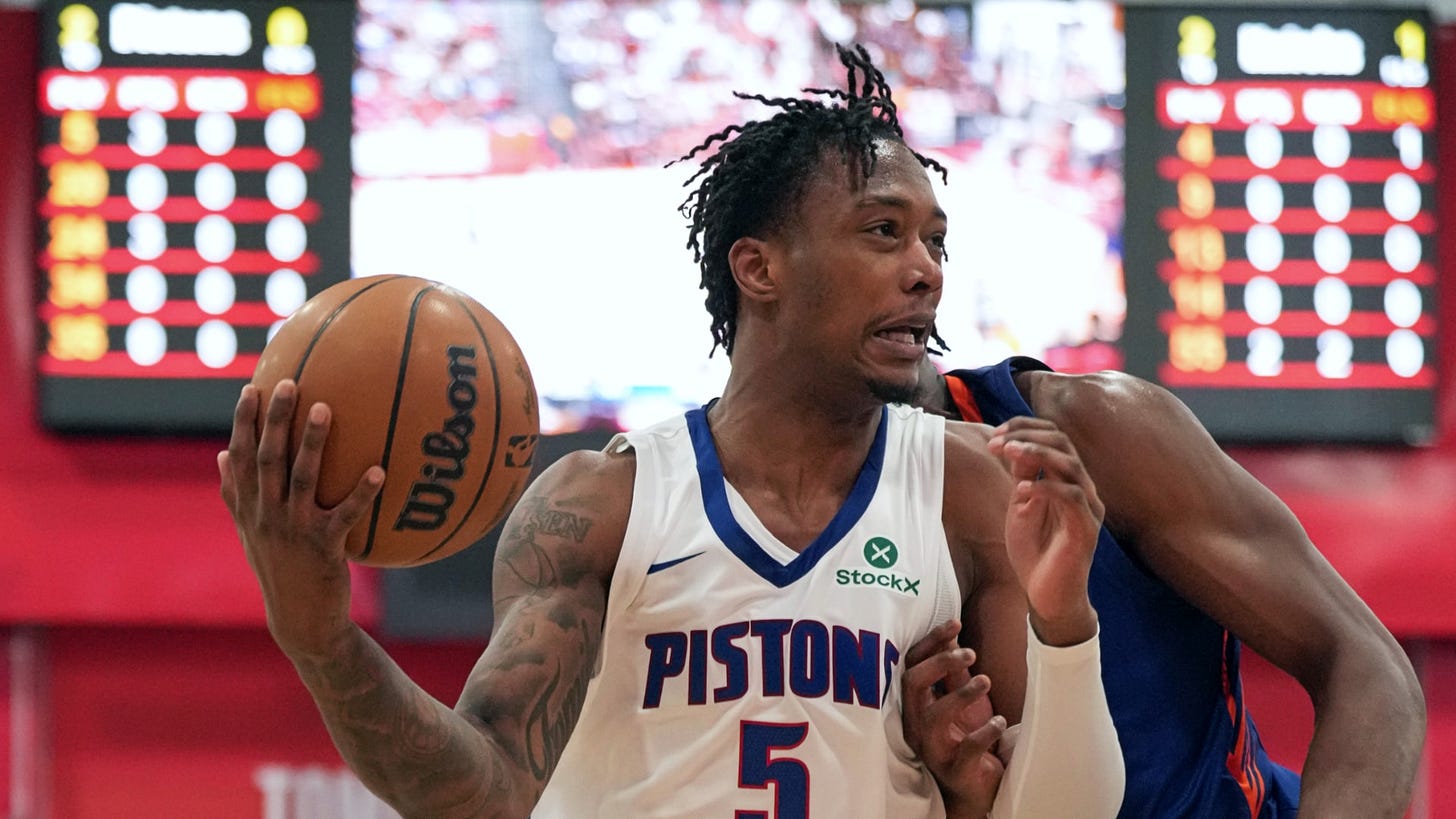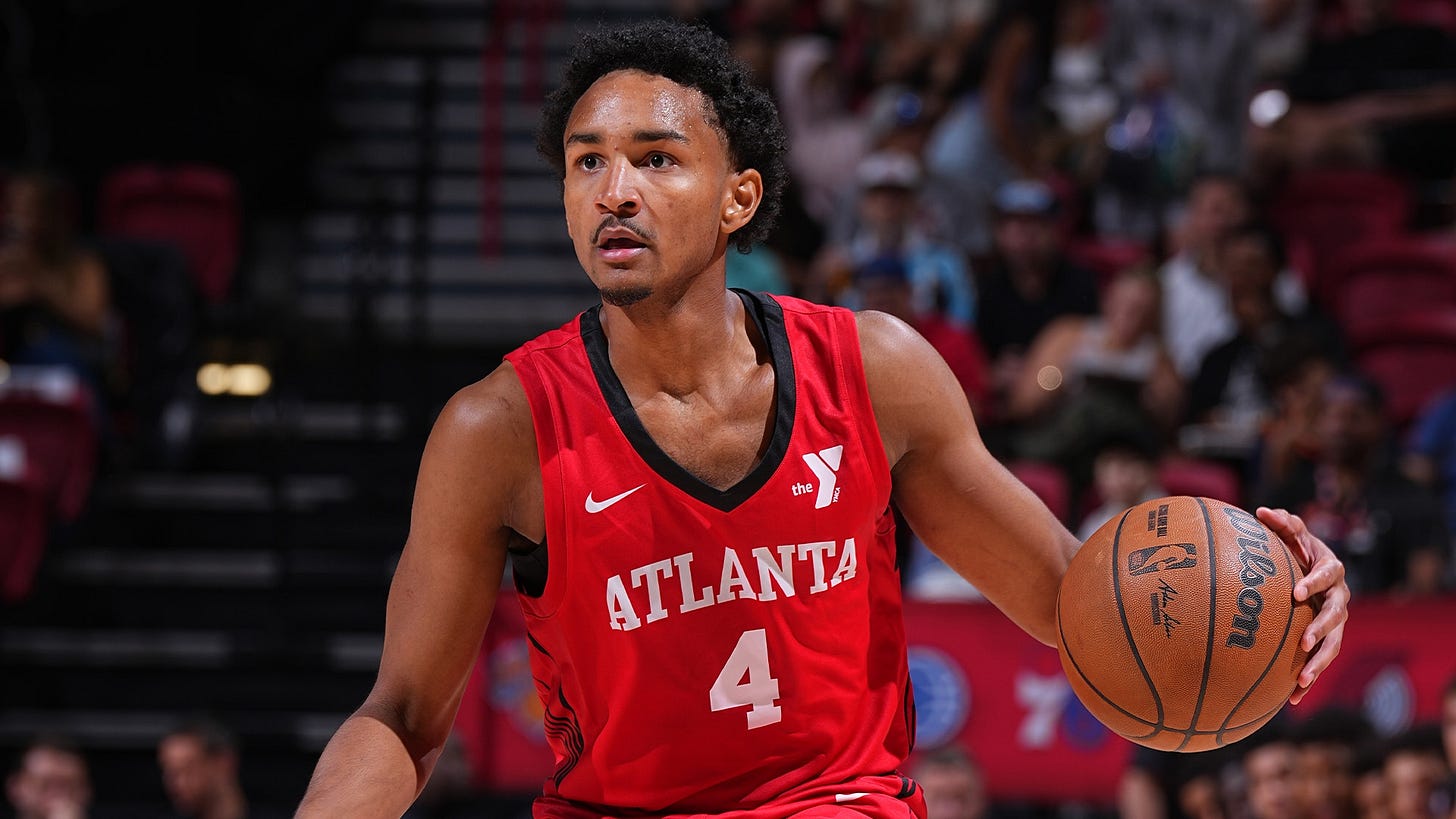Thoughts on Summer League
Summer League is a lot of fun, but not the best way to evaluate talent and/or determine which players will have a breakout year in the NBA. Regardless, its function can't be denied.
I don’t watch every Summer League game, as my focus is on the FIBA Summer Youth Circuit. The U20s are ongoing, and I will write an in-depth report after the tournament is finalized. Meanwhile, the basketball world has its eyes on the Summer League, and every NBA fan is excited to see the new crop of NBA players.
The biggest takeaway is that the production and performance in the Summer League are both irrelevant to a certain degree. Bad performances must be analyzed, but good performances have less meaning as NBA teams will never give these players the same role and responsibility in the regular season.
Summer League is all about having fun and introducing NBA fans to the new group, while giving opportunities to returning players to fight for a contract to stick around in the NBA and/or G League. Therefore, players with a lot to lose often make it visible on the court that they are there to land a new contract, while players who are safe and secure with their contract situations can experiment by taking on a bigger role than they’ll get in the regular season.
This thought helped me process the Summer League to determine which players have proven enough to make it feasible that they’ll improve in the upcoming season. But my emphasis is that the Summer League is only relevant to returning players, as rookies are still way too new to the NBA to show a form of consistency early.
Overperforming in the Summer League also brings unfair expectations in the season. With the top guys usually being pulled out of the Summer League after a few games, the competitive nature balances out as guys who must win continue to play. That improves the quality of games.
Here are five names that caught my attention and whom I’ll focus on throughout the upcoming NBA and G League season:
1 — Chris Livingston (Milwaukee Bucks)
GP=3 | 20.8 PPG | 5.3 RPG | 49.2%/38.1%/71.4%
Livingston enters his third season in the NBA after being the 58th overall pick in 2023. Around that time, I was higher on Livingston than the consensus. However, there were concerns about his lack of production at Kentucky. This was a non-factor for me, as it was clear Livingston was a long-term bet rather than an NBA-ready player. Milwaukee was competing for a title and used that time to let Livingston fully focus on the G League. After two seasons with the Wisconsin Herd, Livingston continued to improve his physical tools and got more consistent with his three-point shot.
The Bucks look desperate to bank on the injury-rattled Eastern Conference with the number of moves they made in the summer. Their confidence in Livingston, by signing him for an extra season, shows that they intend to give him a fair opportunity to solidify and grow his status in their rotation. The traditional thought of a wing-defending three-point shooter is applicable here. However, Livingston can grow into a role with more ball-toucher with his slashing while providing toughness and rebounding with his well-developed physique. I expect Livingston to land another contract with Milwaukee after this season.
2 — Devin Carter (Sacramento Kings)
GP=4 | 16.5 PPG | 3.5 APG | 45.8%/40.9%/68.4%
We often see the term ‘two-way’ being used. But let’s be honest here, there are just a few true two-way players in the NBA. However, Carter has the potential to get there. After an up-and-down rookie campaign, Carter fully got healthy for a strong year two campaign. In college, his combination of high and consistent motor, true top-tier point-of-attack defense, and explosive scoring made him a lottery pick. Carter’s game is meant to be successful in today’s NBA. His combination of toughness, scoring prowess, and potentially elite defense gives Sacramento a building block for its future.
With the Kings controlling their own 2026 NBA Draft pick, it’s likely players like Carter will get the runway to develop via live-game reps. There’s no incentive to win right away, as Sacramento will likely compete to be one of the worst teams in the West. This doesn’t take away any value Carter can have in his leading guard role. I expect a productive yet losing season.
3 — Kyle Filipowski (Utah Jazz)
GP=3 | 29.3 PPG | 7.7 RPG | 56.1%/39.1%/62.5%
The NBA has started to value skill and positional versatility a lot more in recent years. That allows Filipowski to be an impactful piece for the Jazz moving forward. His combination of size, skill, and scoring prowess makes him a great replacement in case Utah decides to cash in on Markkanen via a trade. Regardless, I expect Filipowski to grow into a potential 25+ minutes type of guy after his performance from last season, while he’s showing he’s the best and most productive player in the Summer League so far.
Looking back at his draft situation, that’s one of the misses I had in the 2024 NBA Draft cycle. For fun, I attached my scouting report on him from that time. I’m turning the corner and understand why Jazz fans like Filipowski and value him for the long term. The production isn’t fully translatable to the NBA, but for Filipowski, the evidence of providing role versatility and different types of ways to impact offense makes him a perfect candidate to place next to Walker Kessler in the frontcourt. I expect Filipowski to grow into a double-digit scorer next season as the Jazz will likely tank for another shot at selecting number one overall.
4 — Ron Holland (Detroit Pistons)
GP=3 | 21.7 PPG | 6.0 RPG | 52.8%/46.7%/76.9%
If everything clicks, Holland can be one of the best slashers in the NBA. His toughness and creativity as an inside scorer are two of the separating factors among his peers. However, changing his game from behind a forward in high school to a modern ball-handling wing takes time. Holland is gradually improving and demanding a bigger role in Detroit. But in today’s game, his scoring prowess inside the arc only has top value, as his three-point shot follows along. That’s been a consistent factor of struggle from the moment he entered the G League Ignite until today.
Regardless, he’s shooting lights out from downtown. The small sample size is negligible at first glimpse, but when seeing his jumper, the consistency is there. He’s putting in the work to be a consistent shooter. That’s what the Pistons desperately need, and for Holland to succeed in Detroit, that’s his biggest value he can bring to the table. This will open up his slashing game and lead to him demanding more on-ball reps in the future. I’m a firm believer in Holland having a breakout season and solidifying his role as Detroit’s third most important player after Cunningham and Thompson.
5 — Kobe Bufkin (Atlanta Hawks)
GP=3 | 21.3 PPG | 5.0 APG | 35.4%/27.3%/96.0%
Don’t get distracted by the inefficient numbers here. The Hawks have issues with their depth from the guard spots, and there’s enough opportunity for Bufkin to see his minutes per game increase with the lack of depth at that position. Bufkin was forcing his offense more often than not throughout the process. However, his toughness and aggressive downhill drives were the main things that caught my attention. He was a free-throw-drawing factor for Atlanta, and that’ll be his role in the NBA as well. The inefficiency is a result of wanting to show his worth too much.
But we must be realistic here. Atlanta spent a lottery pick on Bufkin and, for that reason, is obliged to give him a fair chance to earn a spot in their rotation. He’s tremendously underrated as a defender and will help sustain their defensive rating when the starting lineup sits. I expect Bufkin to be a riser in the Hawks’ picking order, as they have a young and exciting team to build another playoff push in the next few years.








